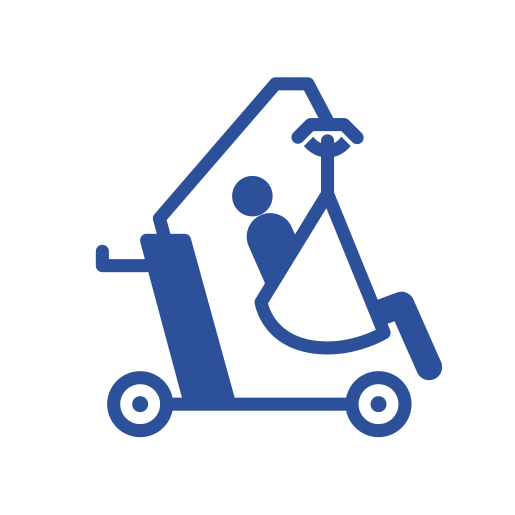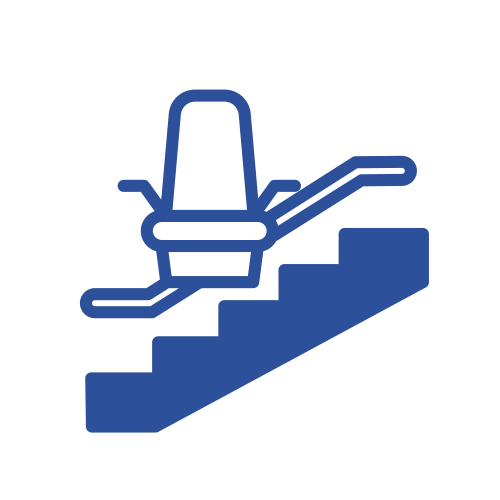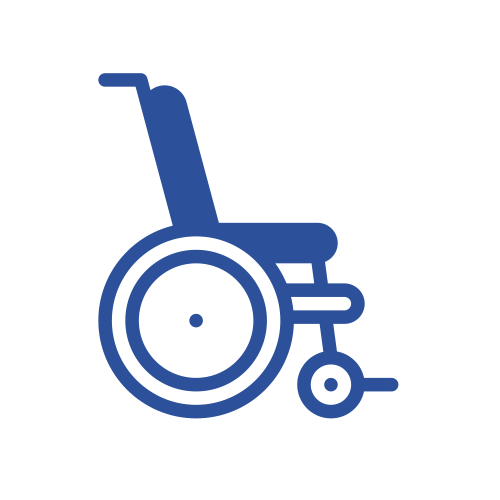Years ago, there was a time when homes were built with few differences that set them apart from the house next door?
Unfortunately, back in those days, wheelchair access was barely a concern. Homes were built with narrow, steep staircases, equally narrow doorways and lots of irregularly shaped rooms.
Now, each house is almost identical not just to the one next door, but also to the ones all along the street and all throughout the town.
As designs have become less creative, it has become a little easier to modify a home for a wheelchair user.
Of course, they still need customisation. Nobody’s designing every house for an owner that gets around using a wheelchair, so when you move in there will almost certainly be some work to do.
Only in very exceptional circumstances will you find a ready-modified house, in your ideal location, within your budget.
What should you do when modifying your home?
Think about the long-term. How long do you plan to be in this house? If you’re fortunate to be able to sell your home to another wheelchair user then your long-term adaptations may well increase the value of your home.
More likely, they’ll be seen as a hindrance by the family that want to move in and could actually decrease any offers. If you’re at all concerned that your house value could drop as you modify it, and if this really matters to you, then look into temporary solutions.
A ground-floor en-suite bedroom can easily be repurposed by the next owner as a sitting room with downstairs bathroom, which is very appealing, whilst stair lifts and other adjustments aren’t so easy to remove.
A suction grab rail can be taken with you when you move home, whilst a fixed grab rail becomes what could be a cumbersome bathroom addition.
Think about what you need…
Think about what you actually need. It’s easy to get carried away making adjustments and modifications, if you have the budget for it.
You might find that you can make fewer changes than you think. Wide doors are essential and might be a big job, but temporary folding ramps can be used all over your property to get up and down small steps.
You don’t necessarily need to build new ramps at every door. Ground floor bedrooms might be easier to create than lifts to bedrooms upstairs, and have the additional benefit of speeding up evacuation in an emergency.
See if you can find refurbished equipment. Refurbished and second hand mobility aids can be just as good as brand new, but will be available for a fraction of the price. If modifying your home is going to be a big investment, see what’s available on the second hand market before you pay for the latest mobility equipment.
Modifying your home need not be as daunting as it initially seems, but it’s something that you don’t want to rush into. Wherever possible, find a way to give yourself time to stop and think before making any changes that you need. Planning will save you money, put things into perspective and help you to make the most of your space…even in a smaller home.

 Bathroom Aids
Bathroom Aids Beds & Bed Aids
Beds & Bed Aids Car & Travel Aids
Car & Travel Aids Chairs & Seating Aids
Chairs & Seating Aids Cleaning & Hygiene
Cleaning & Hygiene Comfort & Dressing
Comfort & Dressing Continence Care
Continence Care Cushions & Supports
Cushions & Supports Daily Living Aids
Daily Living Aids Disabled Ramps
Disabled Ramps Footwear & Footcare
Footwear & Footcare Health & Medical Aids
Health & Medical Aids Medical Professionals
Medical Professionals Mobility Scooters
Mobility Scooters Paediatric Equipment
Paediatric Equipment Parts & Spares
Parts & Spares Patient Handling
Patient Handling Stair Lifts
Stair Lifts Therapy & Orthopaedics
Therapy & Orthopaedics Toileting Aids
Toileting Aids Walking Aids
Walking Aids Wheelchairs
Wheelchairs




